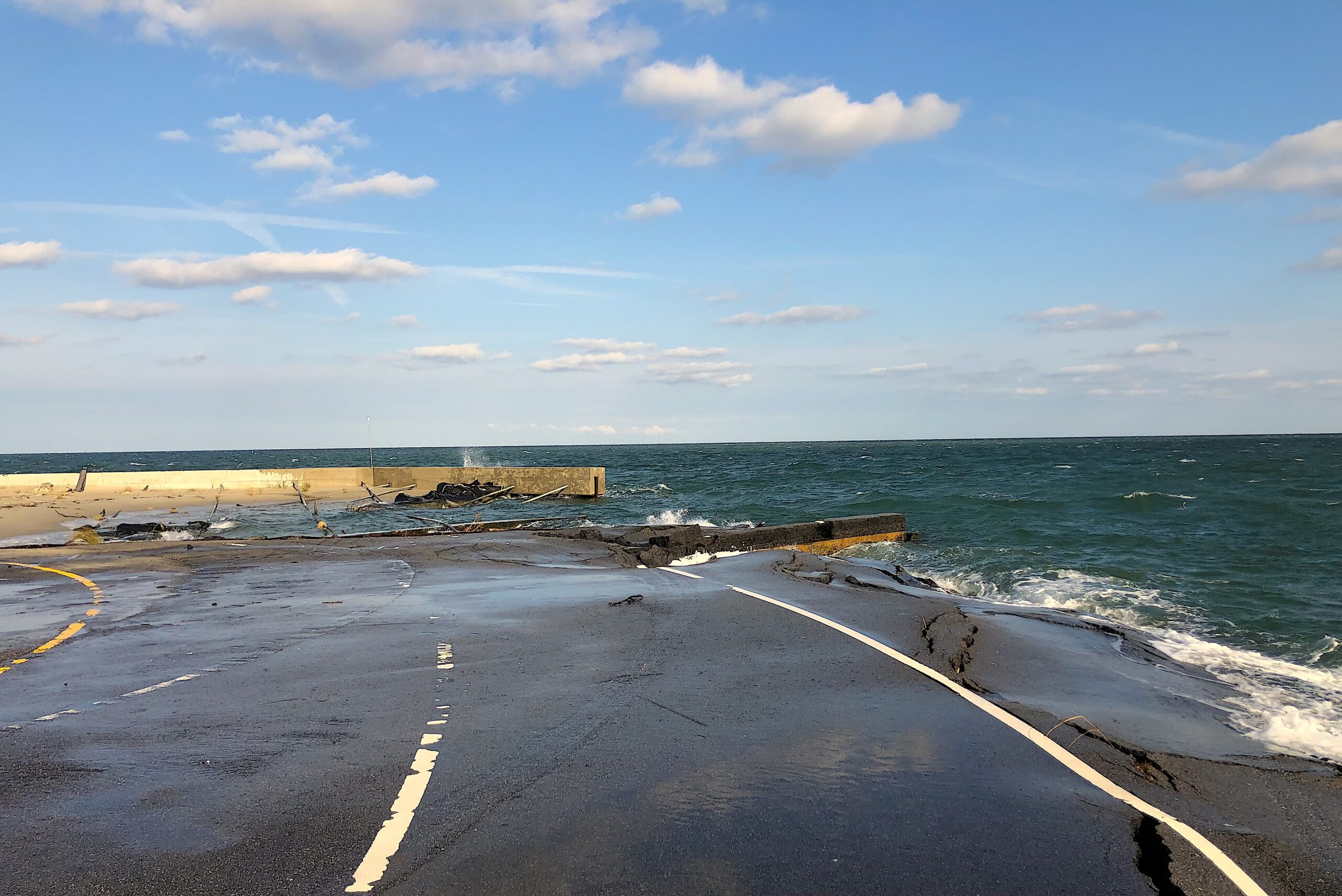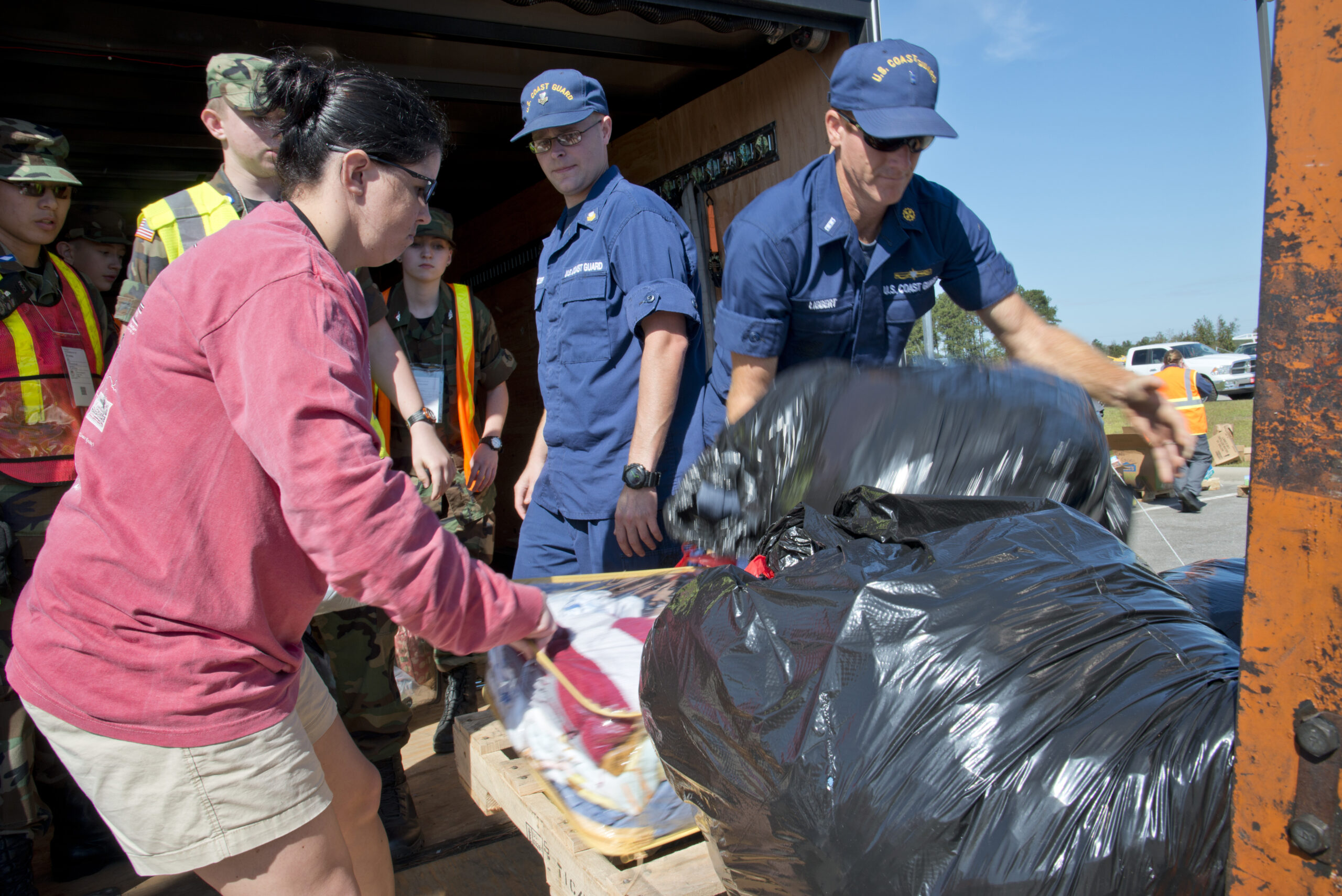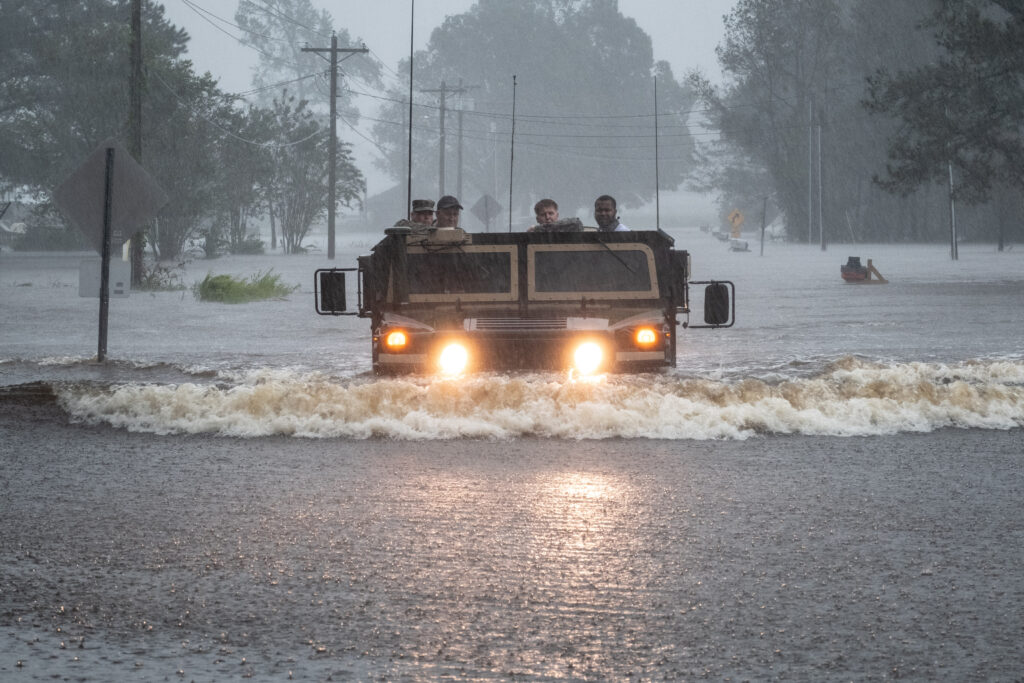
Practical Information for You and Your Community During and After a Major Storm
North Carolina is one of the most hurricane-prone states because of its location along the Gulf Stream and its long Atlantic coastline. With hundreds of miles of beachfront, thousands of miles of estuary, and vast low-lying coastal plains, North Carolina’s coasts are vulnerable to hurricane landfall, storm surge, and flooding — although, as Helene has shown us again, many locations from the mountains to the sea can be susceptible to devastating flooding.
Proper planning can reduce the risks to lives and burdens on emergency response personnel and organizations.
In North Carolina, hurricane season runs from June 1 to November 30 and peaks between August to October. It is important during this time to pay attention to weather reports from the National Weather Service’s Raleigh office and the National Hurricane Center.
HOW TO PREPARE FOR A HURRICANE
Prepare an emergency kit, prepare your home, and know your evacuation routes. If you have a storm kit prepared from the year prior, be sure to update its contents and replace expired items. If you have a pet or service animal, be sure to create an emergency kit and plan for them.
Find more information about creating an emergency kit here.
People commonly forget these items for their emergency kits: can opener, pet vaccination records, two-week minimum supply of prescription medications, hand sanitizer or rubbing alcohol, and a written list of contact numbers.
The Red Cross’s guide on hurricane preparedness provides additional information and includes a safety checklist available in nine languages that users can share in print or online with neighbors.
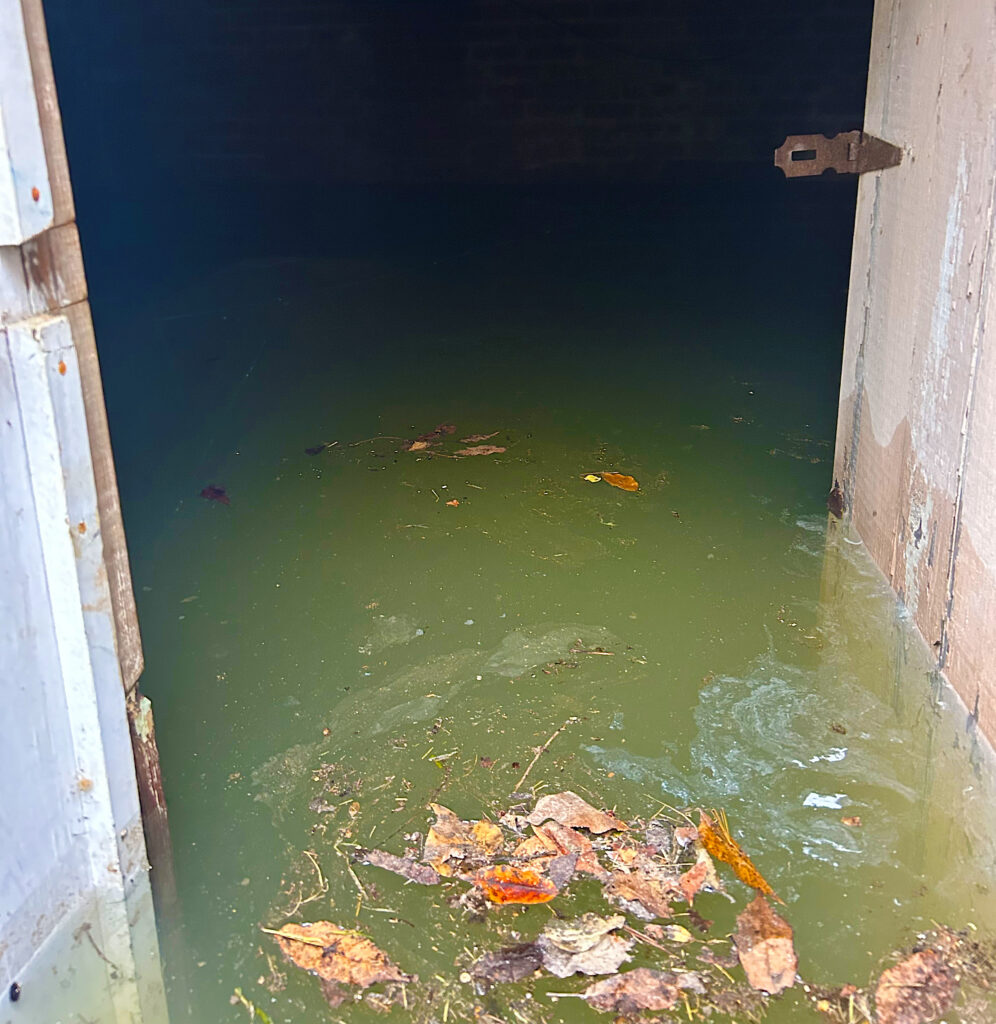
Document your home and possessions with photographs. As part of hurricane preparedness, take pictures and/or videos of the interior and exterior of your home and its contents, and, when possible, catalog your at-home possessions. Create digital copies of your important documents by emailing digital copies to yourself or using online file storage drives.
Reduce debris and clean up. Hurricanes can cause property damage from wind, rain, storm surge, and flooding. Not only can this damage be costly, but it also negatively impacts the environment and slows community recovery.
Property that is not secured during a storm can be a hazard. Storms can also create a lot of marine debris, from microplastics to destroyed docks to derelict vessels — all of which are harmful to aquatic wildlife and hinder the economy.
To avoid having your property become a hazard to others or a source of marine debris, tie down and secure items prior to storm events. Learn more from the North Carolina Coastal Federation’s guide.
Know your exit strategies. North Carolinians can find information about evacuation orders, routes, and shelters, as well as road conditions and disaster assistance, through Ready NC, a one-stop resource.
If evacuation orders are given for your area, follow the guidance of local emergency managers to safely follow the correct evacuation routes. Here are additional tips about evacuating.
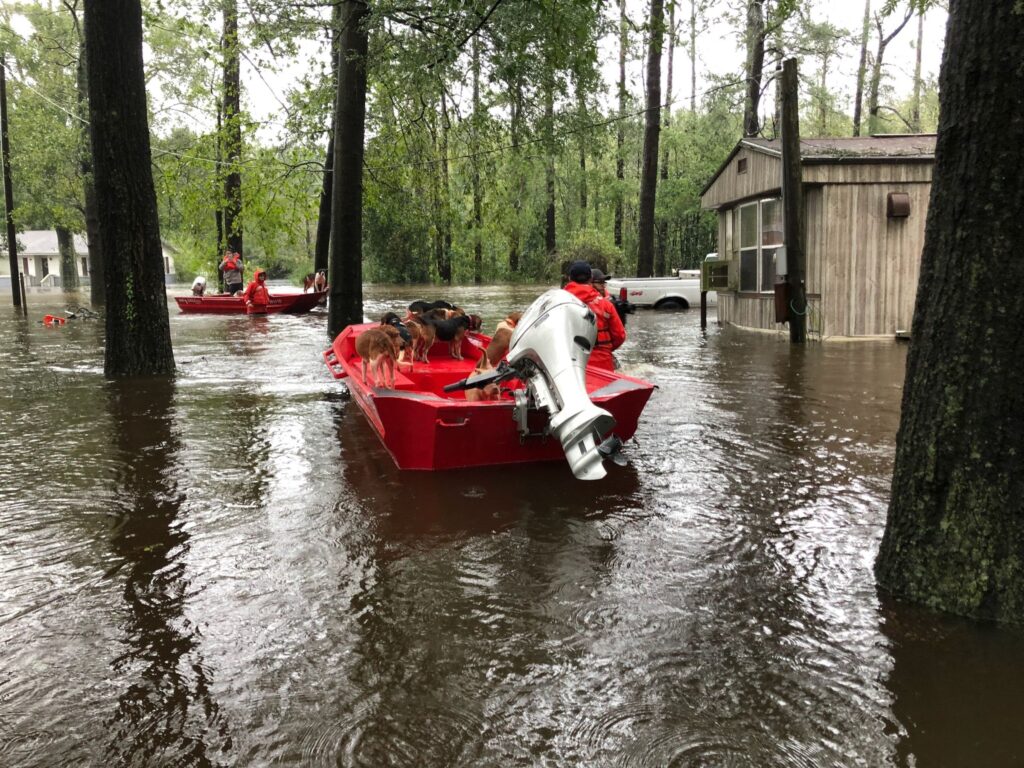
Know how to shelter in place. If evacuation is not possible or necessary, know how to stay safe in your home during a hurricane event, and plan for the loss of power and water. Read more about how to reduce in-home risks.
During a hurricane it is important to put as many walls between you and the outside as possible. Stay away from windows, and find a small interior room, like a hallway, closet, or bathroom, on the lowest level of your home. NC State Extension offers a guide for establishing a safe place.
During the storm, stay indoors, avoid electrical outlets, and turn off major appliances if the power goes out. Do not use generators indoors or in confined, poorly ventilated spaces.
If you shelter in place, make sure you have plenty of supplies and water to last each member of your household a minimum of a week.
Fill a clean bathtub with drinking water to use in toilet tanks, in sinks for hand washing, and as back-up drinking water.
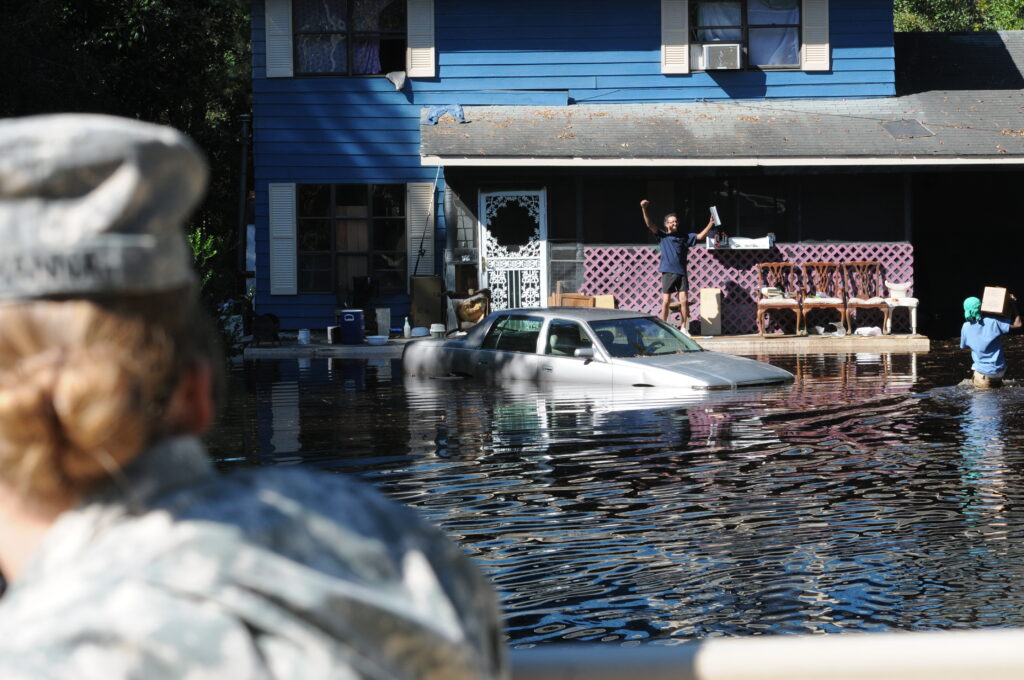
AFTER A HURRICANE
Stay informed, and return when it’s safe. After a hurricane has passed, remain vigilant. Listen to local authorities for information about when it is safe to return through Ready NC. Real-time information is also available by calling 211 or 1-888-892-1162. NC 2-1-1 is a public information portal for resources during disasters.
Keep roadways clear, and do not return before it is safe to do so. Returning too soon can put you, your family, and emergency responders in danger.
Avoid contact with floodwaters (a warning for children and pets especially). Do not play or swim in flooded areas to avoid contracting illnesses. Children’s toys exposed to floodwater should be sanitized. Do not allow cuts or wounds to contact floodwaters, which can carry deadly bacteria and viruses. Flooded septic drain fields may also pose a health hazard. Always wear protective clothing, and bathe as soon as possible after contact. Last, floodwaters also can hide exposed, live electrical wires.
Turn around, don’t drown. Do not enter or drive through flooded roadways. Six inches of fast-moving water can knock over an adult, a foot of water can carry away small vehicles, and 18 inches of water is all it takes to move large vehicles and trucks. More than 50 percent of flood deaths are due to driving or walking in floodwaters.
Exercise caution and assess your property when you return home. Before entering your home, check the exterior for indicators of structural damage. Enter with caution, until you can confirm that the building is structurally sound. Photograph damage for insurance claims. Do not consume food that is spoiled or that has come into contact with floodwaters. The Red Cross offers tips on how to safely clean up and repair your home. Learn more about dealing with property damage and insurance claims.
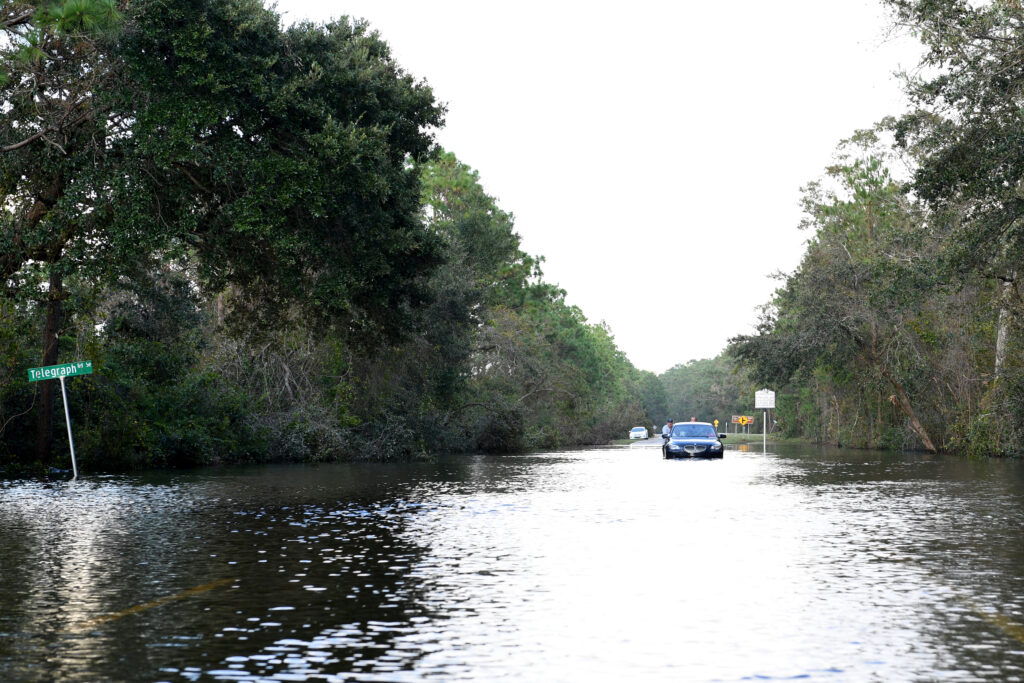
Find help when you need it. There are a number of resources in North Carolina to help with a range of issues when disasters happen. These resources include the following:
• North Carolina’s Department of Health and Human Services offers tips on safety during the recovery process after a natural disaster.
• NC 2-1-1 provides real-time information on shelters, safety, physical and mental health, food and water, transportation, and much more.
• “Ready NC Emergency Shelters” shows shelters open across North Carolina.
• American Red Cross Emergency Shelters provide immediate short-term shelter, food, health services, mental health support, and more.
• NC Department of Public Safety provides assistance to people whose homes were damaged or destroyed by disasters.
• FEMA Disaster Recovery Centers help with applications for support, finding housing assistance, and locating other agency resources.
• Learn more by reading the North Carolina Hurricane Guide, available in English and in Spanish.
MORE:
North Carolina Sea Grant’s storm preparation tips and recovery information
Coastwatch’s storm and safety information
The Guide to Coastal Living provides information about how to live in a coastal environment. The series launched with tips on living shorelines and bulkheads.
Ashley Caine recently completed her internship with North Carolina Sea Grant and received her bachelor’s degree in environmental sciences from UNC Wilmington. Mariko Polk is North Carolina Sea Grant’s coastal processes specialist; she studies the impacts of hurricanes on ecosystems and communities.

